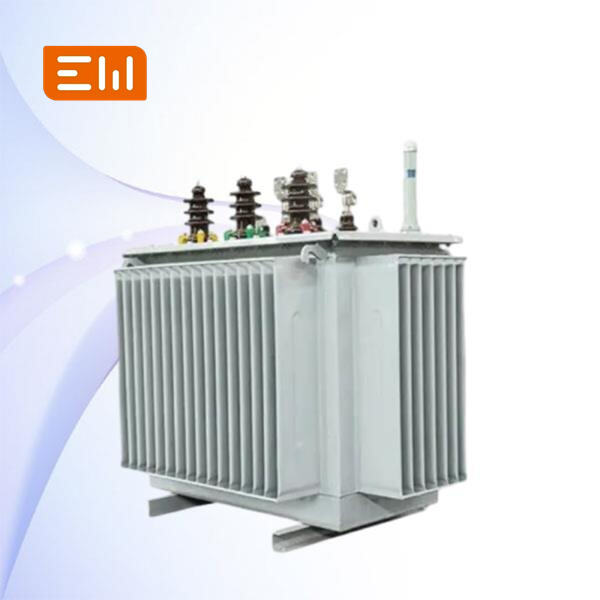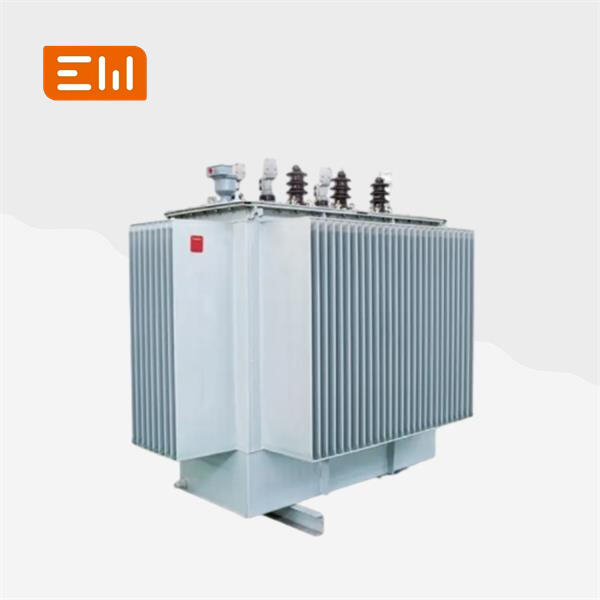Transformer fluid is extremely important for maintaining the effective operation of electrical machines. It allows the transformer to remain at the proper temperature. That’s key, because if it gets too hot, it could break. At the same time, the fluid acts as a protective shell that keeps the electrical components from getting wet with water, dirt, etc., and prevents them from functioning.
One of the primary functions of transformer oil is to cool the electrical machines. If the machines heat up too much, they may not function properly or even catch fire! The fluid helps maintain the cool so the machines can coast along.
Transformer fluid helps transformers live longer by getting the temperature right and protecting the components. The machines are safe, and not too hot, so they can run much longer than if they were unprotected.
Transformer fluid has a large variety of types, and each of these types has specific properties. Some fluids are better suited to keeping things cool, others to protecting the parts. Selecting the right transformer oil for each transformer is crucial to ensure its efficient operation and a long service life.

Transformer fluids are mainly mineral oils, synthetic esters and silicone oils. The oldest type is mineral oil, and it is great for protecting electrical parts. Silicone oil does a better job of keeping things cool, and synthetic esters are kinder to the environment.

Checking oil for transformers regularly and replacing it when necessary, are indispensable to make sure it does its job efficiently. One way to do that is to monitor its level and temperature. If the fluid is low or overly hot, it should be changed.

Transformer fluid also needs to be changed on a schedule, even if it appears to be in good shape. Transformer fluid can degrade with time and become less effective, so replacing it before it causes issues is the wise decision.